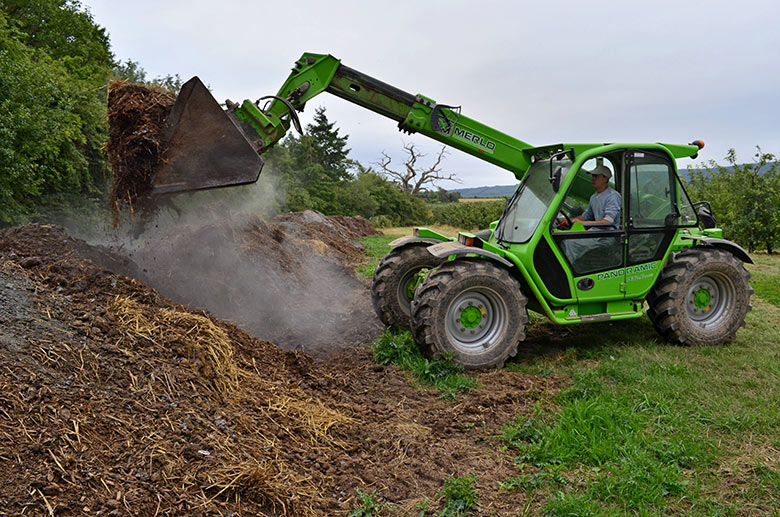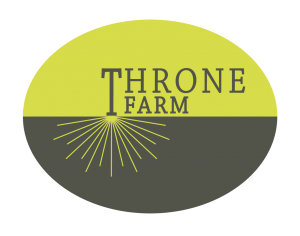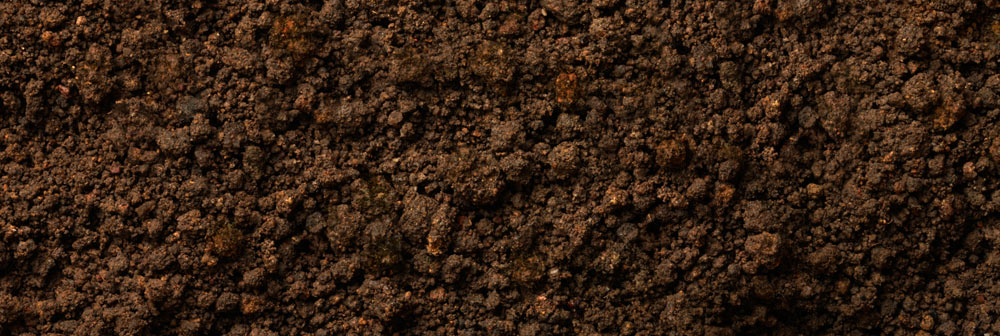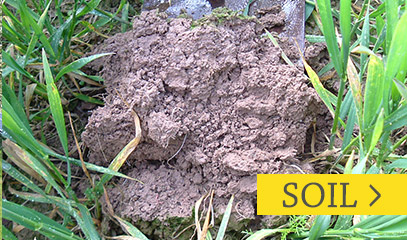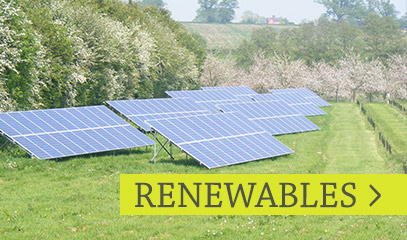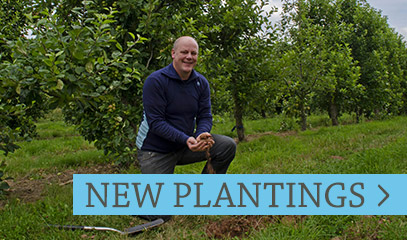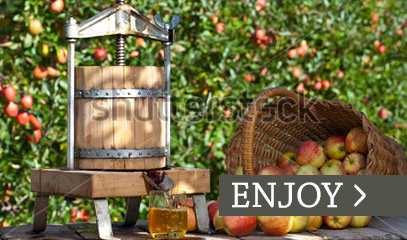Nothing is wasted on our farm. Making and spreading compost on our land is a great method of utilising farm waste whilst replenishing our soil workforce of bacteria and fungi and boosting soil organic matter. It’s a brilliant way to recycle our poultry manure and left over apple pomace from pressing. This is also driven by our need to control legacy “Phosphorus” in our soil.
AEROBIC vs ANAEROBIC COMPOSTING
Having made thousands of tonnes of aerobic compost over the years, it always concerns me that during the process you loose energy in the form of heat and biomass through volatilisation (formation of gas). This leaves you with a pile of compost 65% of it’s original weight. Most significantly this could be the loss and release of both Carbon and Nitrogen to the atmosphere! We have to challenge our primary needs derived from our compost. In our case it is to stabilise nutrients held in poultry manure and introduce biology that can optimise their availability when spread and mixed with the soil.
We started trials adding effective microbes in an anaerobic system. They are said to be “facultative” in so much as they can survive in both Aerobic and Anaerobic environments. In a sense we are “fermenting” our manure mix. We bale and wrap our mix with heat and weight loss vastly reduced. This forms a nutritional soil improver armed with effective bacteria that can set to work when released in the soils aerobic environments.
The best soil improver is one that utilises materials that are readily available which is why we also add straw from our farm grown cereals and chipped wood pruning’s from our orchards.
With Aerobic compost, the skill lies in attaining the optimal temperature, aeration and blend of materials to produce a fungal dominated compost for our agroforestry trees and more bacterially balanced compost for our arable ground.
One of Three compost heaps at Throne Farm
